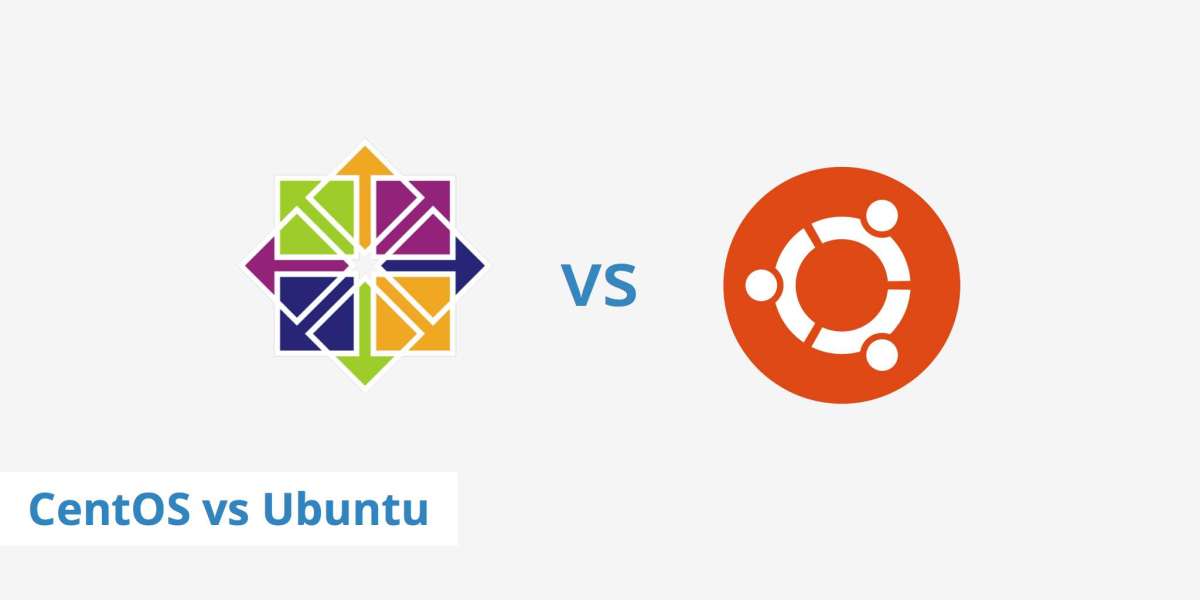In the realm of server operating systems, CentOS vs Ubuntu stand out as two of the most popular and widely used distributions. Both offer robust features, extensive community support, and reliable performance, making them top choices for hosting environments. However, when it comes to determining which is best suited for your needs, several factors come into play. Let's explore the strengths and weaknesses of CentOS and Ubuntu to help you make an informed decision.
CentOS, known for its stability and long-term support, is a favorite among enterprises and businesses that prioritize reliability. It is derived from the source code of Red Hat Enterprise Linux (RHEL), which undergoes rigorous testing and certification processes. As a result, CentOS benefits from the same level of stability and security as RHEL, making it an excellent choice for mission-critical applications and production environments. Additionally, CentOS provides long-term support with updates and security patches for up to 10 years, ensuring a stable and secure operating environment for your servers.
On the other hand, Ubuntu is praised for its user-friendly interface, extensive software repositories, and frequent updates. It is backed by Canonical, a company known for its commitment to open source principles and innovation. Ubuntu releases new versions every six months, offering the latest features, improvements, and hardware support. This rapid release cycle appeals to developers and enthusiasts who crave cutting-edge technologies and are willing to embrace change. Ubuntu also provides long-term support (LTS) versions with five years of updates, providing a balance between stability and innovation.
When it comes to package management, CentOS uses the YUM (Yellowdog Updater, Modified) package manager, while Ubuntu uses APT (Advanced Package Tool). Both package managers are powerful and efficient, allowing users to install, update, and manage software packages with ease. However, some users may have a preference for one over the other based on familiarity or specific requirements.
In terms of system administration and configuration, CentOS and Ubuntu differ in their default tools and configurations. CentOS follows the traditional SysVinit system initialization system, while Ubuntu adopts the newer systemd initialization system. Additionally, CentOS uses the SELinux (Security-Enhanced Linux) security module by default, providing enhanced access control and security policies. Ubuntu, on the other hand, relies on AppArmor for mandatory access control.
Another factor to consider is community support and documentation. Both CentOS and Ubuntu boast large and active communities, with extensive documentation, forums, and online resources available for troubleshooting and assistance. However, Ubuntu's popularity among desktop users and developers may give it a slight edge in terms of the breadth and depth of community support.
Ultimately, the choice between CentOS and Ubuntu depends on your specific requirements, preferences, and use case. If you prioritize stability, long-term support, and enterprise-grade reliability, CentOS may be the best option for you. On the other hand, if you value user-friendliness, frequent updates, and a vibrant community ecosystem, Ubuntu may be the preferred choice. Whichever distribution you choose, both CentOS and Ubuntu offer powerful features and capabilities to meet the demands of modern server environments.












